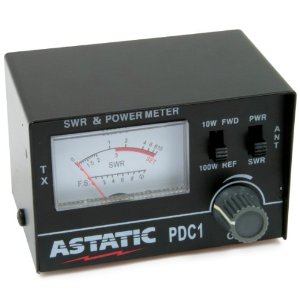Typically in a belief of recovering the frequency many people installed radio amps that enabled them to broadcast at greater than lawful power levels. This would permit their signals to get transmitted 'over the top' of the obstructing transmission.
The problem in this is that somebody always has an even bigger burner and as output levels increased this made things increasingly challenging for other radio users to make use of even adjacent frequencies when somebody on the channel below is pushing 500 Watts
On the Muppet Band you also face the possibility of threats and abuse although their seems to be a little less of this these days but there are pretty frequent slanging matches happening as the 'after the pub' guys meander back home and switch on their radios.
In fact an aspect of the entertainment of the Muppet band is hearing some of the funny banter you come across an evening when there is good propagation and now and then you get an evening when things open up and you get signals from random locations. There are days when the Muppet Band is humming with a really good group of folks shouting out especially in the summer months. I've had some terrific signals in from numerous parts of Europe when conditions permit.
There are the regular nets similarly for anyone who fancy venturing outdoors to check out what they can get in the radio and particularly in the summertime this is a terrific way to enjoy your radio. Getting on to more elevated ground generally delivers improved reception and when channels are active it presents an excellent opportunity to make contact with other radio users in a variety of locations
READ MORE









